In 1837 Samuel Lewis published his book called the “Topographical Dictionary of Ireland“in which he gives a description of the main features and landmarks in every civil parish in Ireland. Main towns are given a separate description.
The Parish of Kilbarron in the Barony of Tirhugh, in the County of Donegal, in the Province of Ulster, has a very interesting entry. It tells us that there are over forty townlands and a population of 10,251 people living in the Parish. The main town in the parish is Ballyshannon. In its own separate entry Ballyshannon’s population is given at 3,775 people with over 1,000 living in the “Purt” situated on the south side of the River Erne and in the neighbouring parish of Inishmacsaint. (In 2016 Ballyshannon’s population is given at 2,229).
He stated that the parish comprises of almost 23,933 acres of which 900 acres are under water, half the parish was arable land, the remainder meadow, pasture and mountain bog.
The principle seats listed by Samuel Lewis were
- Parkhill belonging to the representatives of the late J. O’Neill, Esq;
- Cavangarden, the residence of T. J. Atkinson, Esq;
- Cherrymount of Dr Crawford;
- Camlin Tredennick of I. Tredennick, Esq;
- Fort William of W. Tredennick, Esq;
- Danby of J. Forbes, Esq;
- Wardton of J. Ffolliott, Esq;
- Laputa of J.F. Johnson, Esq and
- Cliff House of Col. Conolly.
In fact most of the parish belonged to the Conolly family of Castletown House in Kildare (Speaker Conolly who was born in Ballyshannon, bought the Manor of Ballyshannon from the Ffolliott family in 1718) The above mentioned gentry owning leases from the Conolly estate and others such as John Ffolliott, a descendant of Henry Ffolliott, the first Baron Ballyshannon, held a lease of Ballymacaward townland from Trinity College.
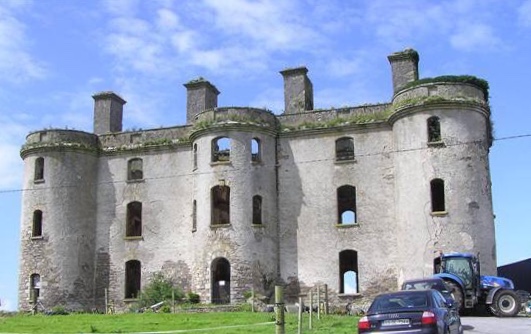
Wardtown Castle, built in the 1740s by the Ffolliott family, was abandoned in 1916 and was in ruins by the 1920s. The tragic tale of Colleen Bawn (Cáilín Bán) is reputedly based on an elopement at Wardtown Castle in the 18th Century by Helen Ffolliott.
Today, the Castle Adventure Open Farm is based in the grounds of the ruins of Wardtown Castle.
Demolition
Many of these grand houses were demolished and flooded as a result of the Erne Hydro Electric Scheme in the late 1940s and early 1950s.
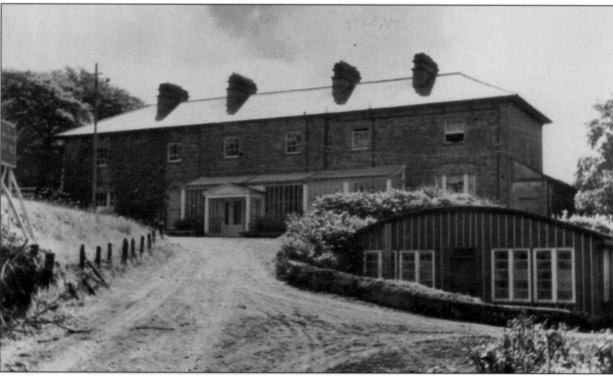
It was demolished in the 1950s to make way for the Cliff Hydro-Electric power station.
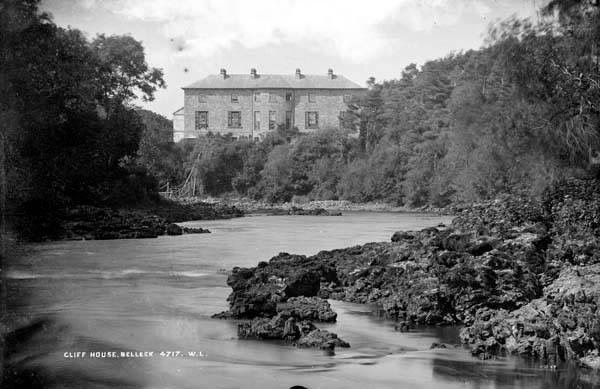
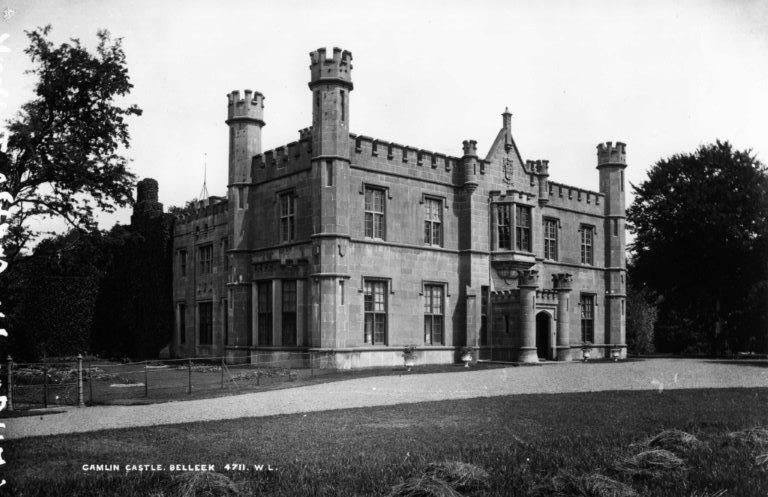
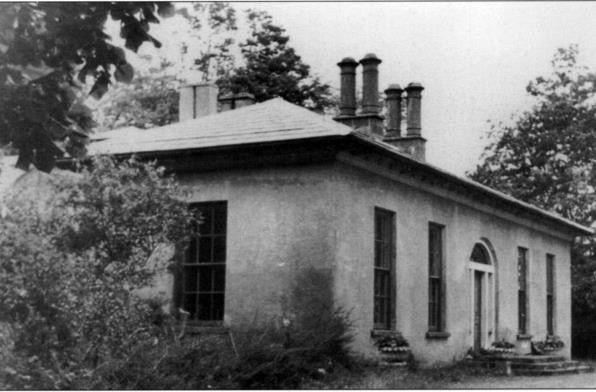
Freebooters
Samuel Lewis in his essay on the parish of Kilbarron goes on to mention Kilbarron Castle stating that “near the glebe house on a stupendous rock rising almost perpendicular out of the sea, are the ruins of the castle of Kilbarron which is supposed to have been inhabited by freebooters”.
This latter statement seems odd but it is possible that in the years after its destruction or decay of the castle in the 17th Century, that it may have been used as a lookout point for smugglers landing contraband at the castle flag situated below the castle. We know that there was a brisk illegal trade in Spanish and French wines their import being prohibited during the Napoleonic wars between France and England between 1793 and 1815. However apart from this assertion we have not heard or seen any other spoken or written evidence that Kilbarron was ever used by freebooters.
